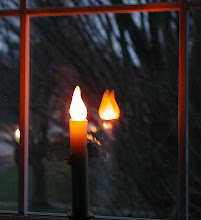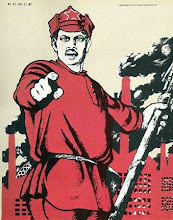Dead In Dakota
BBC
http://www.bbc.co.uk/news/magazine-25154370
Nearly two months after devastating blizzards hit parts of South Dakota and Wyoming, farmers are still recovering from the loss of cattle and the effect on their businesses.and as a note from Agriculture.Com:
The week before the storm, it had been wet and mild and the prairies of the Great Plains were deep in mud.
Then, the first winter snow came early and unexpectedly in an icy blast from the north-west.
Trapped in the mud, 30,000 cattle suffocated and froze to death. They were buried in 20ft (6m) snow drifts, entombed in ice in what ranchers call the "breaks and draws" - the slopes and valleys - of the rolling prairie hills.
Larry Stomprud is a tall, thin cowboy wearing a black leather waistcoat and slim-cut blue jeans. Grey hair peeps from beneath his brown cowboy hat.
He is a tough rancher who has spent half a century herding cattle. But his voice falters and there are tears in his eyes as he describes the devastation on his ranch.
"I looked at my grandfather's records," he says quietly. "It was the worst storm for 150 years." His throat is strangled with anguish and with sadness as he says: "God entrusted us with the care of these animals and we failed them." ...
"While total losses are still being determined, this major blizzard has killed huge numbers of livestock across western South Dakota," U.S. Senator Tim Johnson (D-SD) said Monday. "Exacerbating these losses is the fact that the government shutdown has shuttered USDA’s Farm Service Agency’s (FSA) offices across the state. As a result, producers don’t even have anyone to contact at USDA for assistance in documenting losses."and from Here & Now on November 13
http://hereandnow.wbur.org/2013/11/13/ranchers-cattle-blizzard
GERLOCK: The government treats livestock differently than crops. While corn and soybean farmers are protected by crop insurance paid for in part by the government, there's no equivalent livestock insurance program. Instead, in 2008, Congress added a livestock indemnity program to the farm bill to help when disaster strikes.and 3 days ago from Mother Jones:
Brad Lubben is an ag economist at the University of Nebraska-Lincoln.
BRAD LUBBEN: The livestock indemnity program pays a percentage of the market value of animals lost due to the disaster event. I believe that the rate is around 65, 70 percent of the value of the animal.
GERLOCK: But that's the program that expired. The House and Senate are negotiating a new farm bill which is expected to renew the livestock disaster program when it's finally passed.
ROB REID: That might be so far down the road that these guys will be buried by that time.
Dems Say Boehner Blocking Farm Bill, Wants More Food Stamp Cuts
And that sums it up. Just a year ago it was Hurricane Sandy and the Governor of New Jersey had to threaten Republican leaders of the House.
To prove their ideologies and to balance their budgets, some leaders will let us pay any price, bear any burden,and meet any hardship.
--


















No comments:
Post a Comment